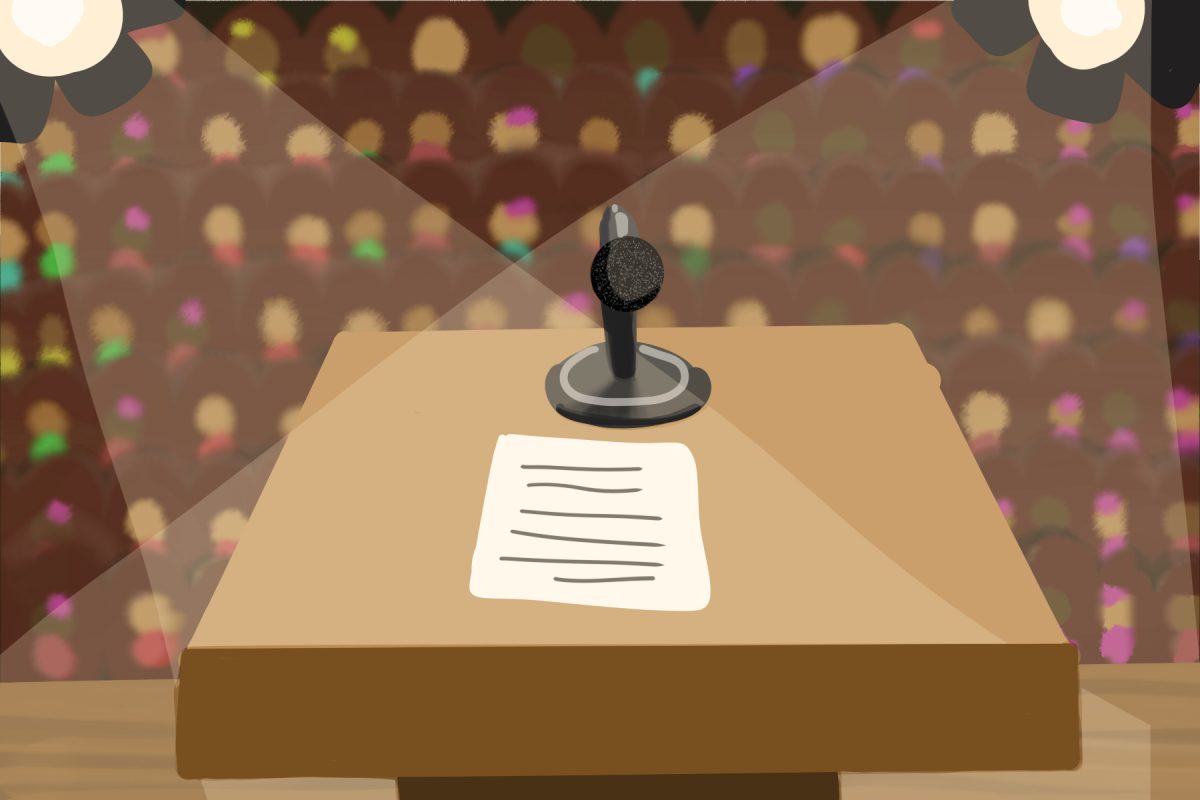The word “bro” — a term that’s already diverse in its history and usage — is experiencing a linguistic evolution.
Though most of us likely haven’t considered “bro” in a language or grammar context, we’re all likely familiar with it and have used it to some extent in daily interactions, whether verbal or digital. Phrases like “what’s up, bro?” and “cool story, bro” have been or still are staples of modern English, and “bro” likewise remains a cornerstone, whether as a jovial greeting or a mid-conversation exclamative.
Its origin — like other words of the same informal ilk, such as “dude” — is elusive and impossible to locate in an exact historical period, but we can generally say that before it was an informal reference as we use it today, it was largely used for formal abbreviation purposes.
The Oxford English Dictionary’s earliest cited usage, precisely in this shortening capacity, came in Thomas Lupset’s “A treatise of charitie” from 1530. While writing a brother and a sister’s conversation about the noble concept of “charitie,” Lupset first spells out “brother” and then shortens it to “bro” across the rest of the dialogue. This formal shortening has been sustained from then up until today, being used throughout the centuries in contexts like ministerial references — “Bro. Cameron” or “Bro. David Wagler,” for example, as members of a church — and joint businesses — Warner Bros., a premier American film studio.
Informal usage is a little less simple. Beginning in the early 1800s, “bro” became more than basic substitution, instead taking on a vitality of its own as a friendly form of address. It was originally tied to Caribbean and Southern African-American speech, but it wasn’t long in spreading to various other English dialects.
The 1957 novel “Corner Boy” features a cab driver saying, “Thanks, bro” to a rider after being told to keep the change from the fare payment. In Tom Wolfe’s 1987 book “The Bonfire of the Vanities,” a character says, “Tell’im, bro… Y’on the case.” On Nov. 3, a Saturday Night Live sketch depicted a satirically portrayed athletic trainer using “bro” repeatedly when talking about his girlfriend, most prominently yelling, “Opposites attract, man! That’s science, bro!”
This use of “bro” as an informal noun undeniably has deep roots in our current speaking patterns. However, such use is being matched by another form: informal pronouns.
It’s difficult to pin down the birthplace of this form, but being that it’s such a recent trend, the best method is perhaps to simply observe its current state.
A TikTok video from June showcases the versatility of “bro” in its trendy pronoun form. What makes it so unique and what gives these joking-toned sentences such a clever aura is that “bro” is not just becoming one pronoun — it’s becoming every pronoun.
Normally, English uses different pronouns to note when a noun is doing an action (subject pronouns) and when it is receiving an action (object pronouns); these come in the form of “I/you/he/she/we/they/who” and “me/you/him/her/us/them/whom,” respectively. Fascinatingly, “bro” is becoming a pronoun that goes beyond subject/object distinctions.
It can be the standard subject pronoun — instead of “He really thought he said something,” one could say “Bro really thought he said something.” It can just as well be the standard object pronoun — instead of “telling him,” one could say “telling bro.”
There are technically other pronouns with identical morphological form across pronoun types; “you” is the same as the subject and the object, as is the pronoun “it.” With those words, however, the range of reference is less diverse. “You” is of course only usable in the second person, and “it” is typically reserved for inanimate objects. “Bro,” on the other hand, encompasses a wider range of objects as a third-person pronoun and has the personability factor of referring to living objects instead of inanimate ones.
“This shift … is a really fun example of the shifting nature of any language,” said Julian Landis, a senior double majoring in English and history. “While I believe bro will always have the original meaning, its new ability to serve as a pronoun is a testament to the speed [at which] language is capable of evolving in this increasingly interconnected world.”
Landis’ sentiment reflects a larger theme observable in the “bro” evolution. While it’s not possible to discern whether the trend began digitally and moved to verbal speech or vice versa — a linguistic case of the chicken and the egg, so to speak — the influence of the digital world is clear.
It begs the question: Emboldened by its spread via social media, is the new lexical ability of “bro” here to stay? Will it taper out quickly, or will we look up in a decade and still be using the same grammatical structure of “Bro thought he cooked?”
“I would imagine [bro’s] dual ability to function as a pronoun and noun will last,” Landis said. “Though I would also reckon in a few years it will be used less as a pronoun than it is now.”
Long-lasting or not, it’s here and it’s prevalent. For now, let us enjoy the exciting novelty of our “bro”-based linguistic innovation.









